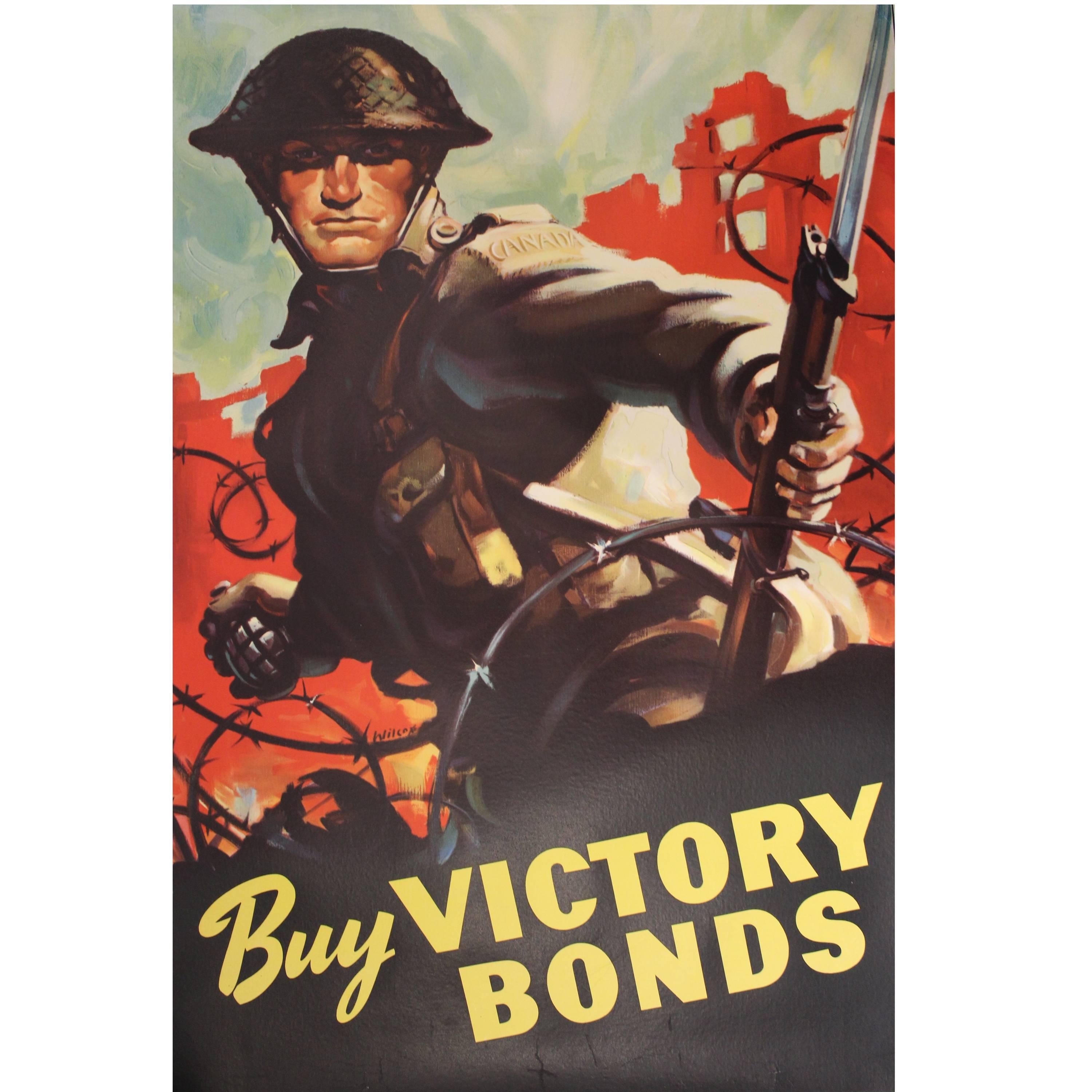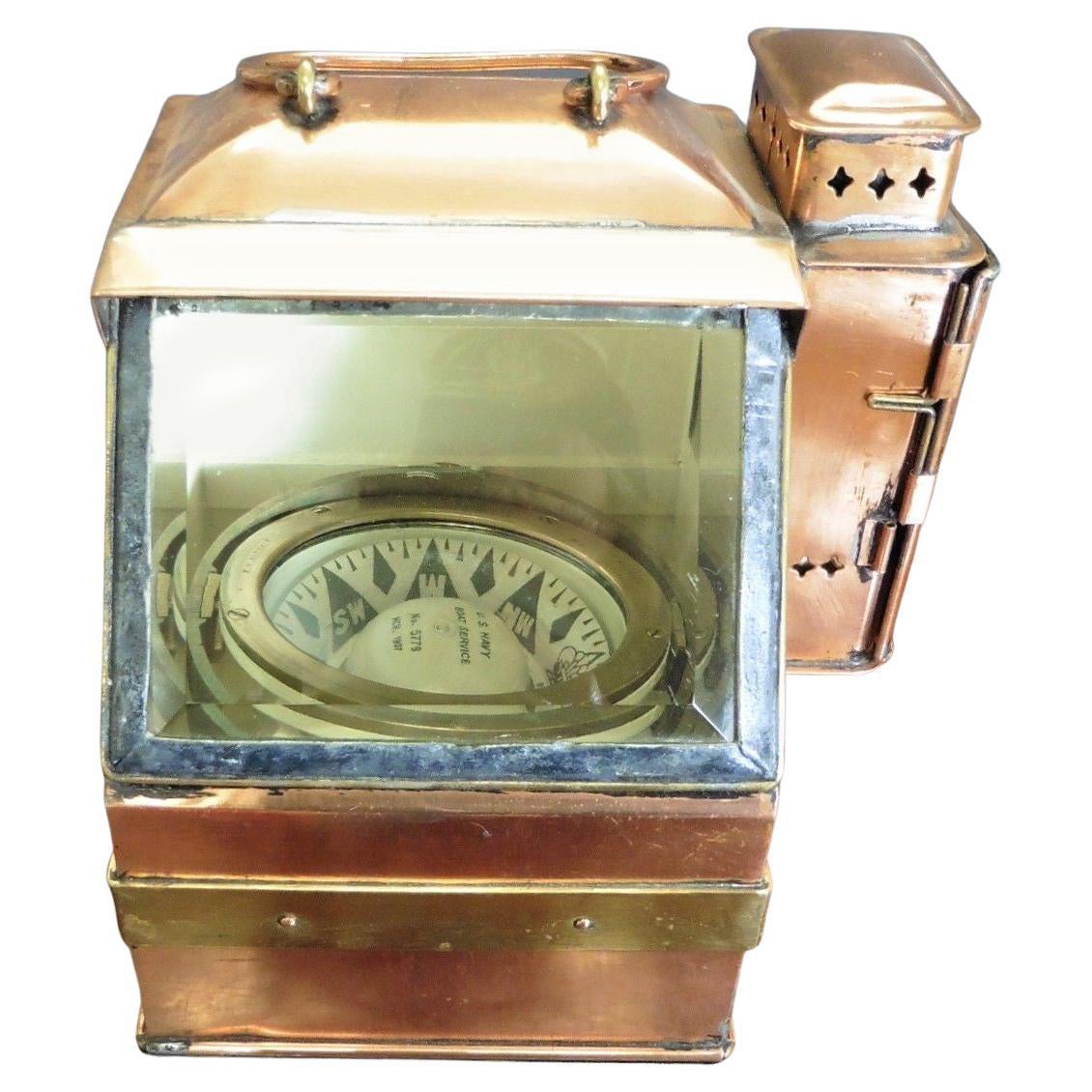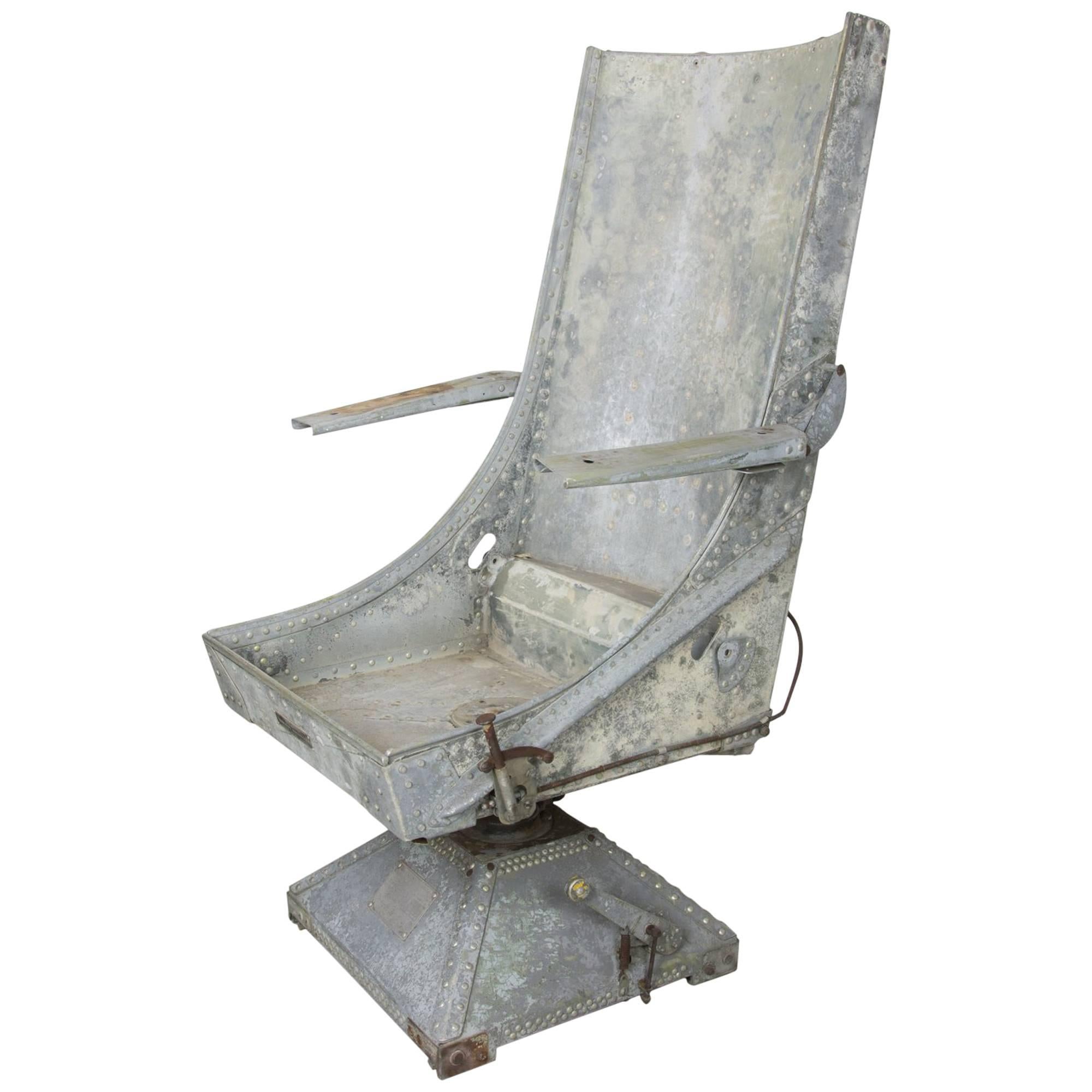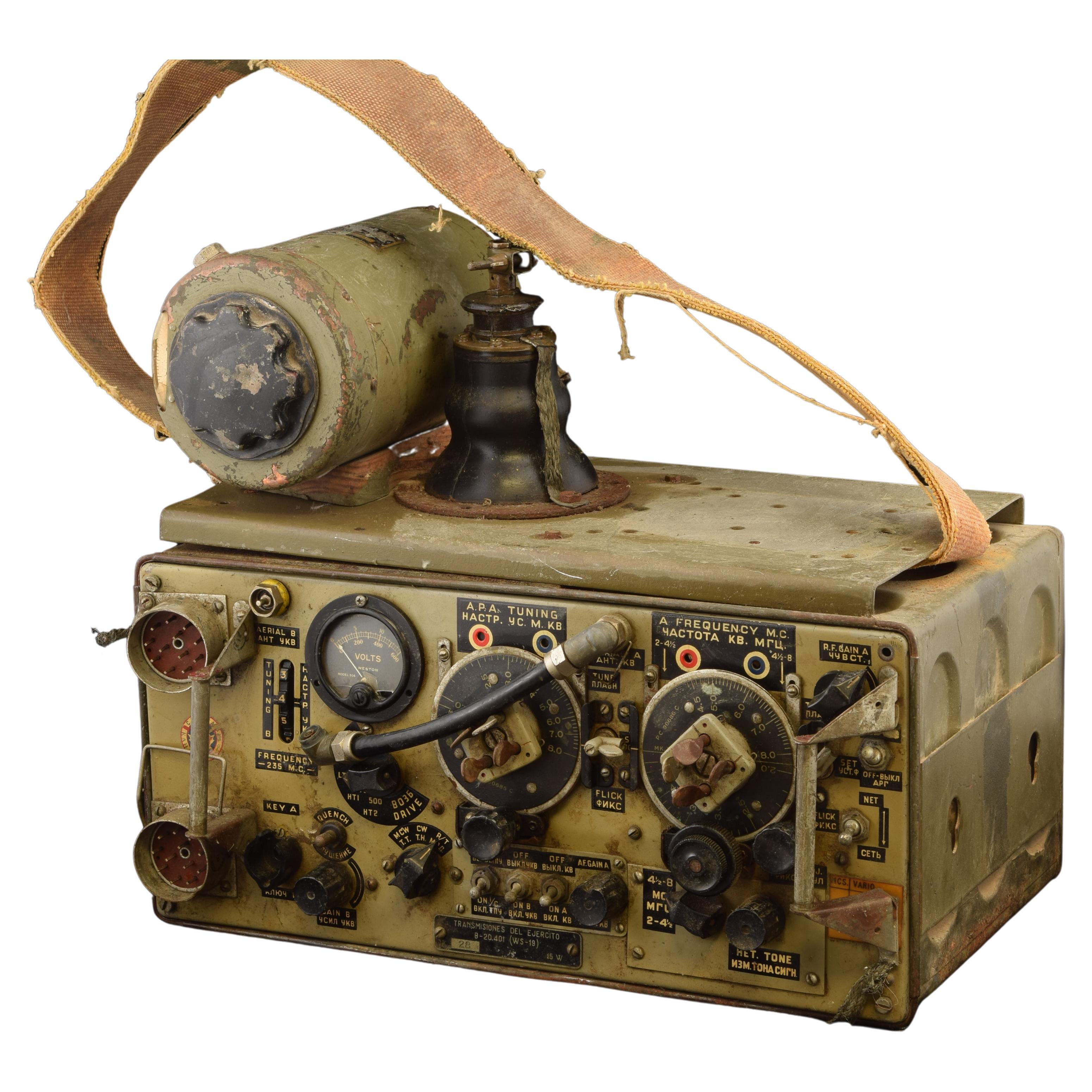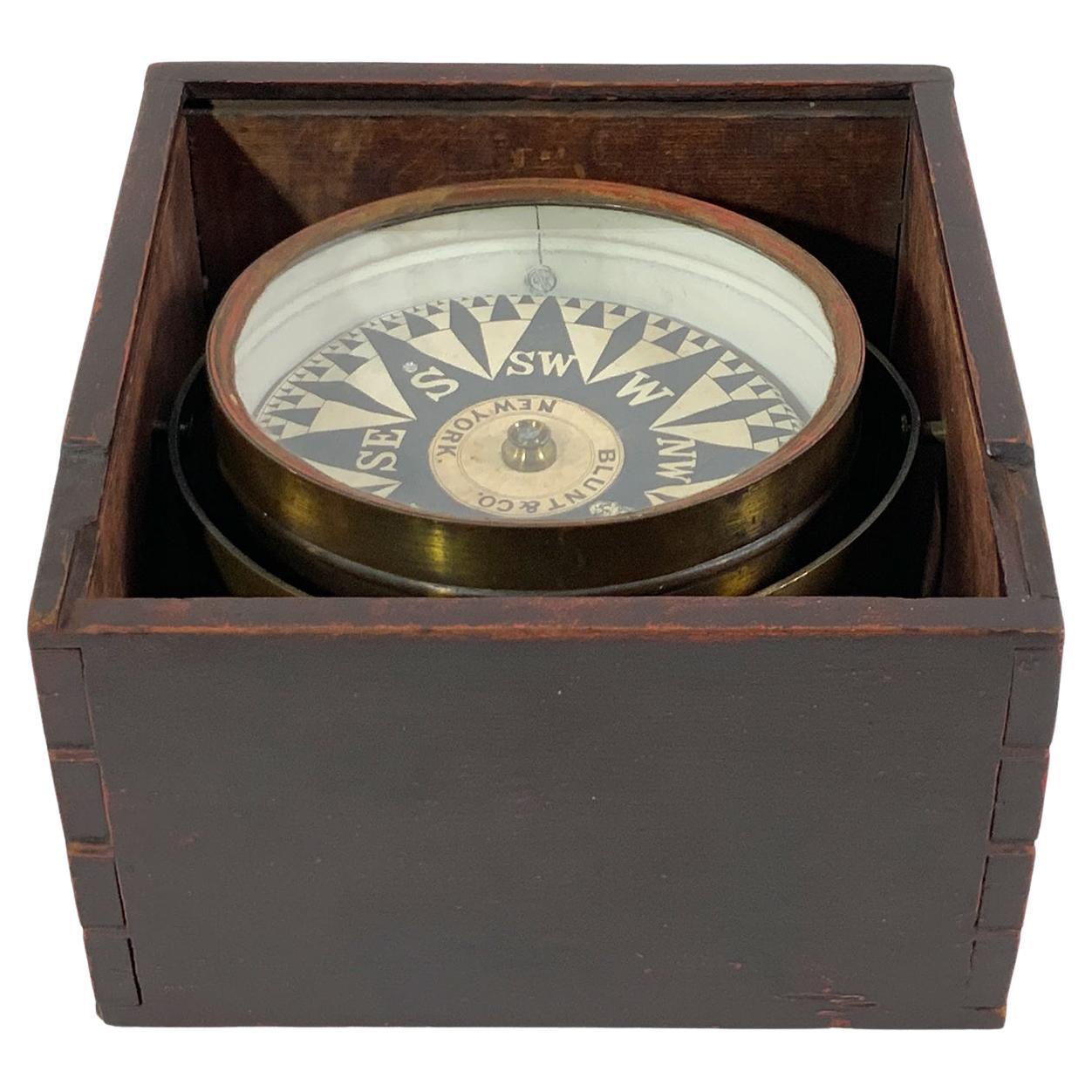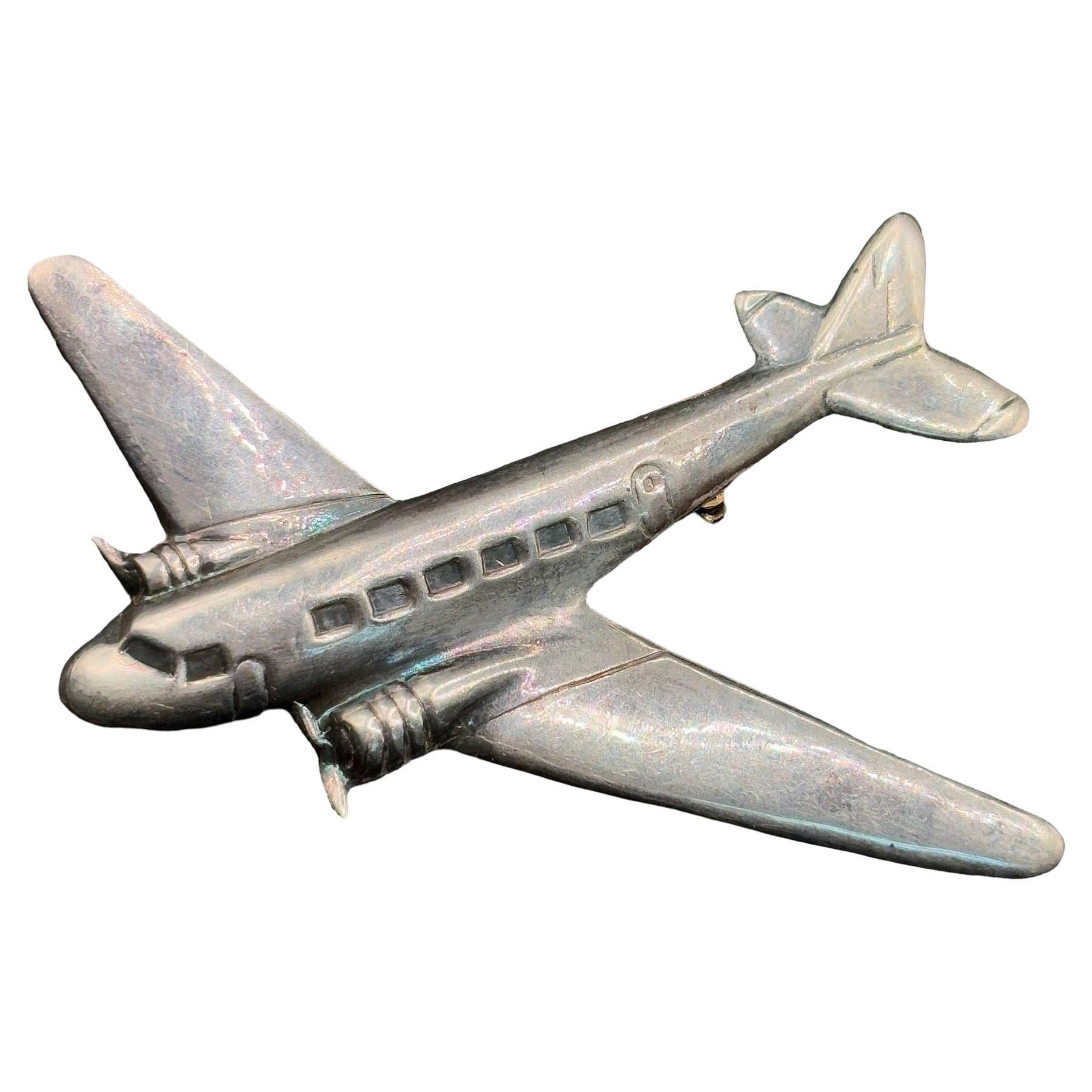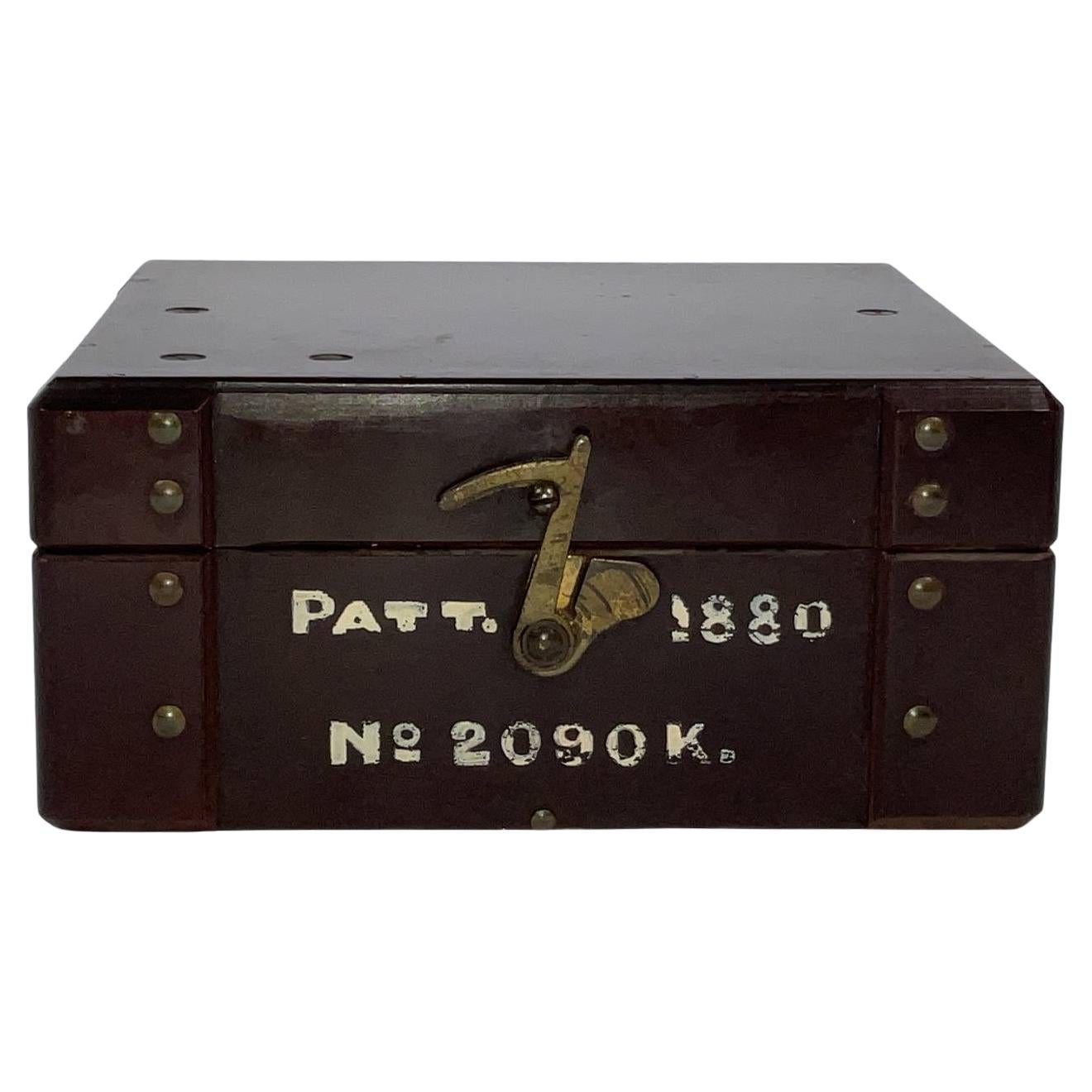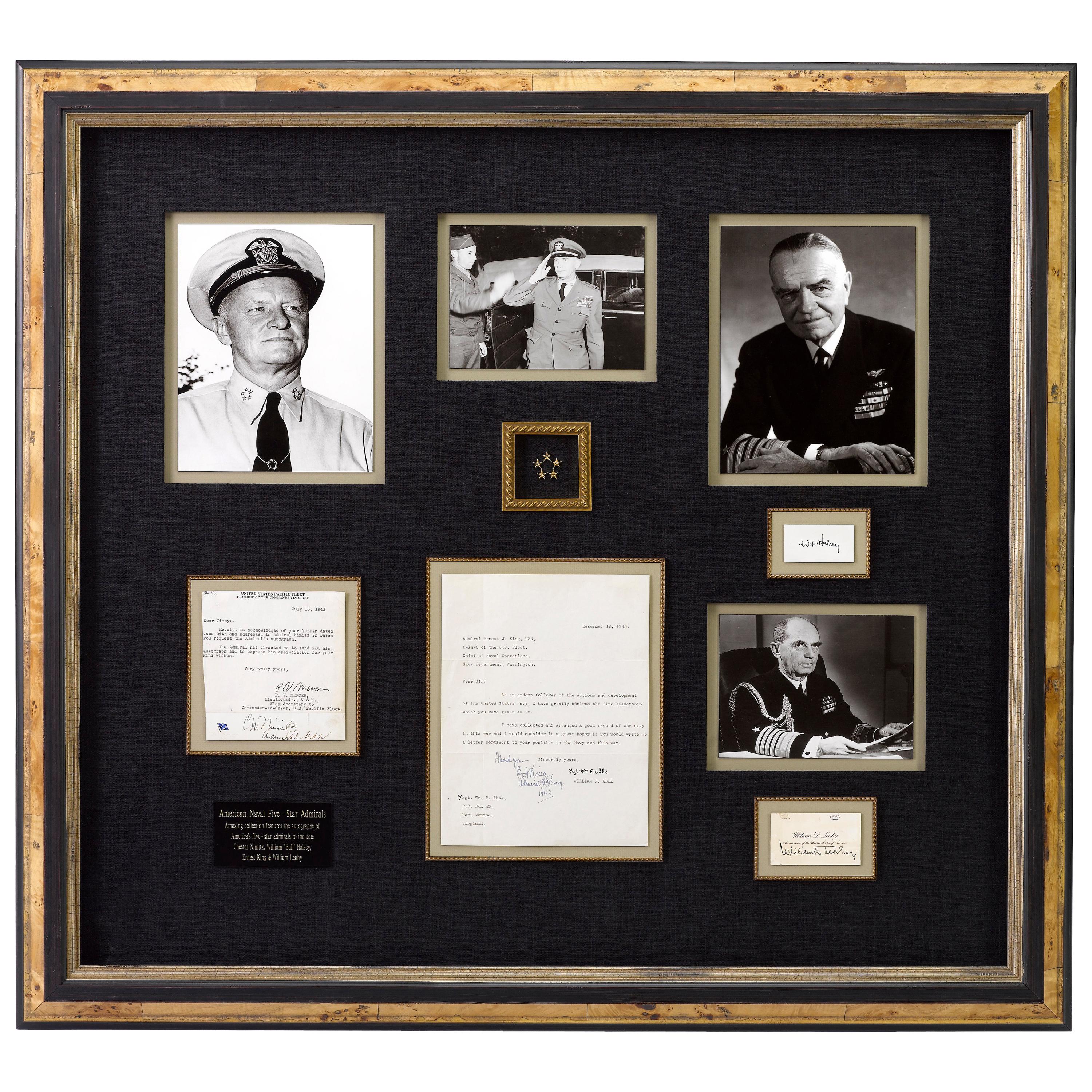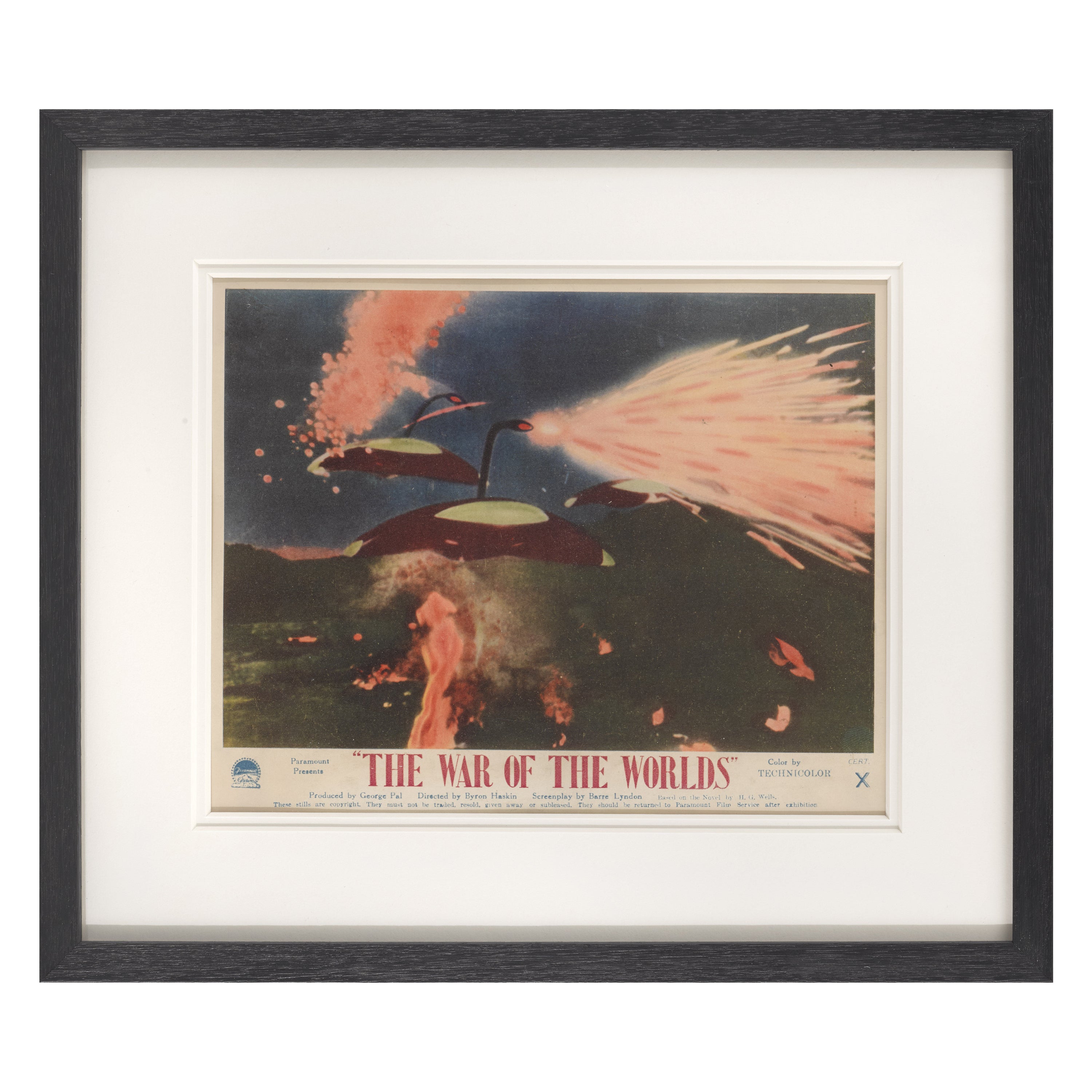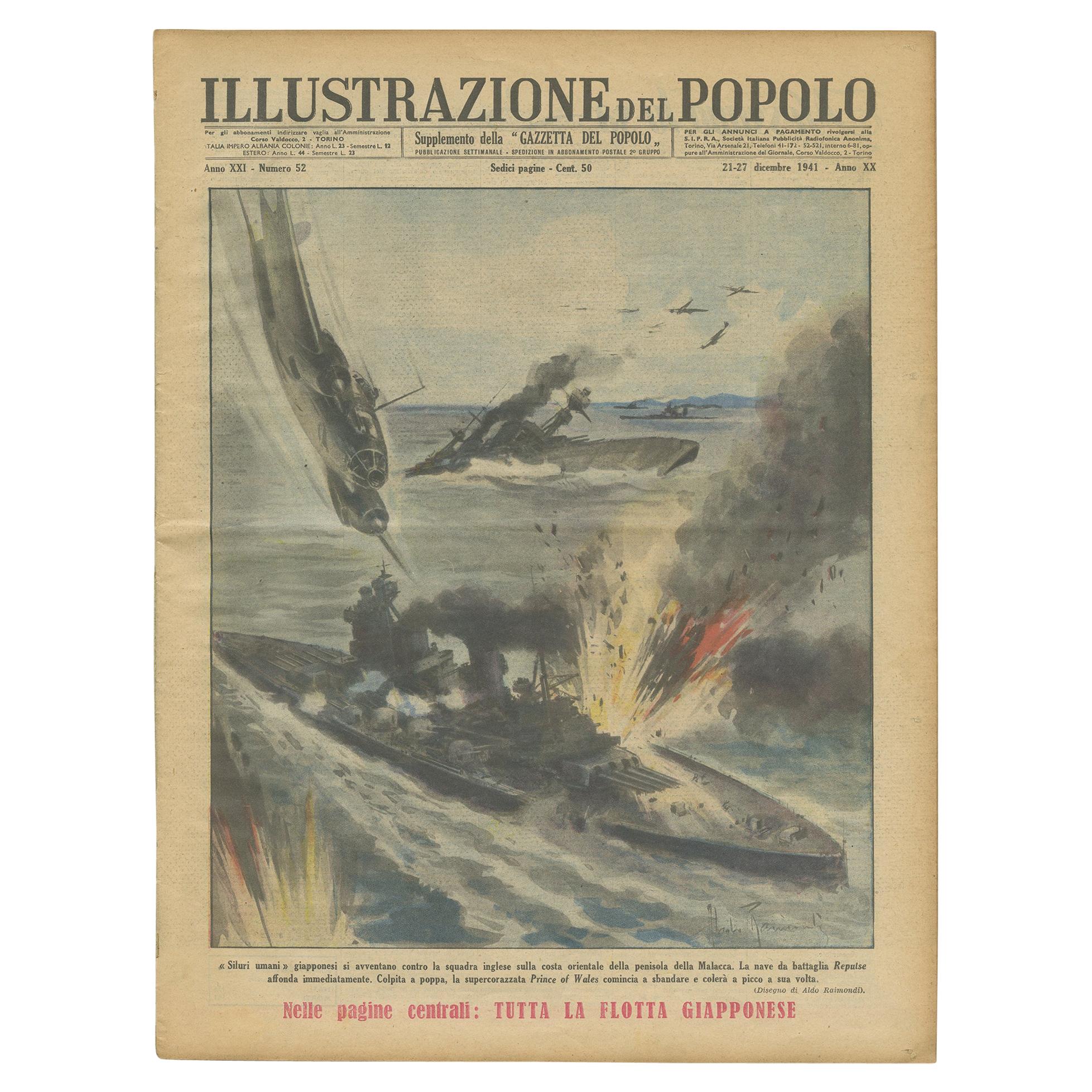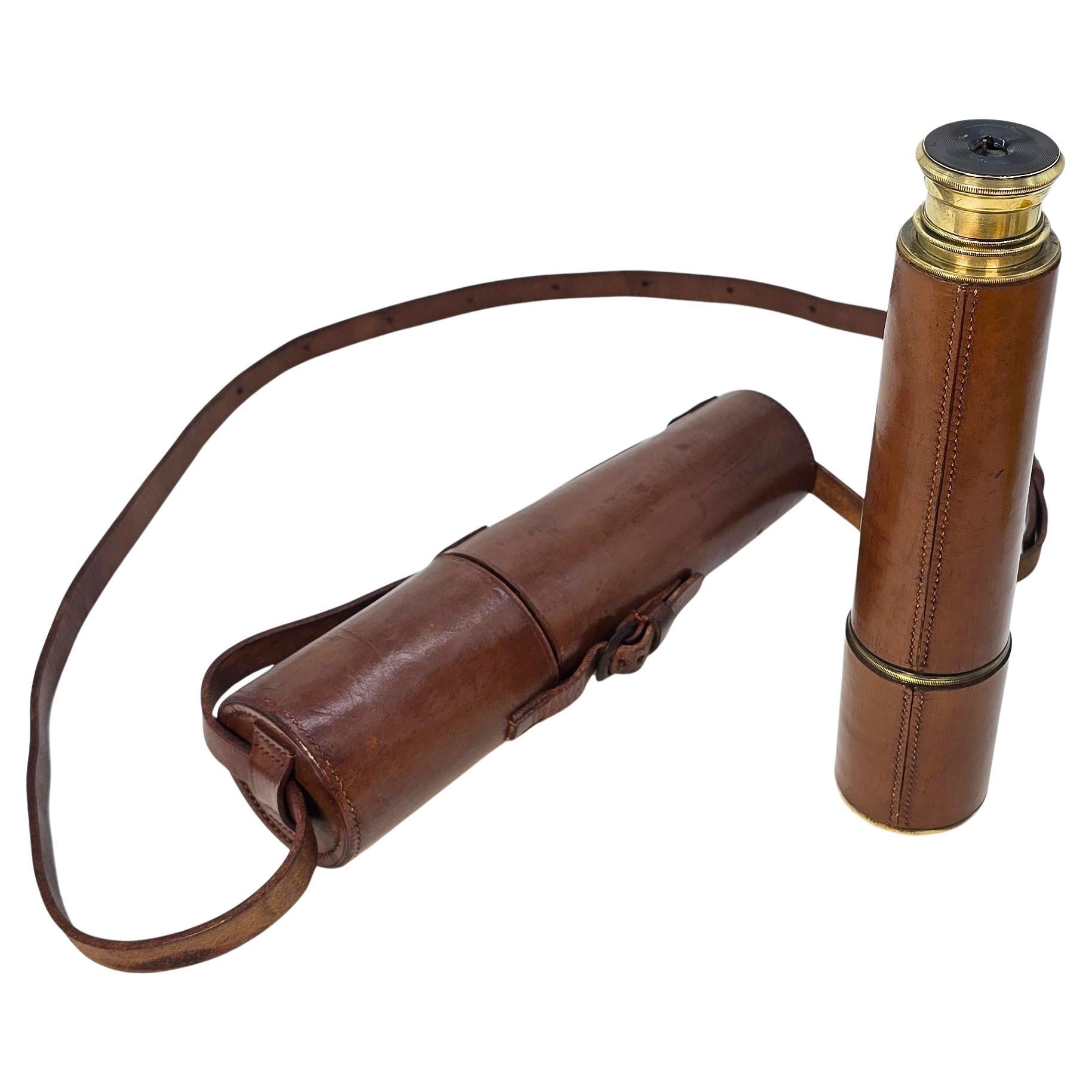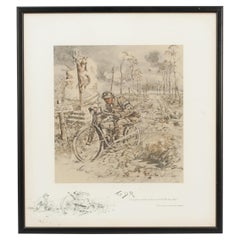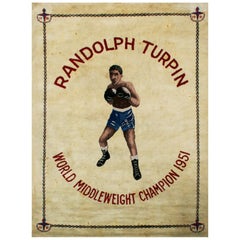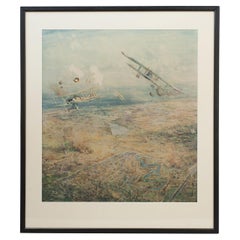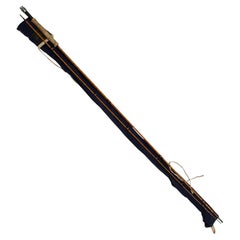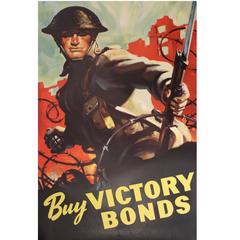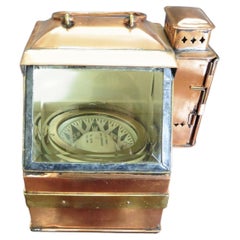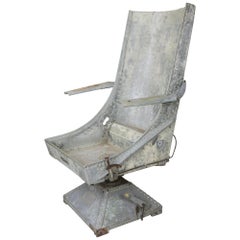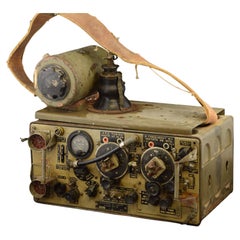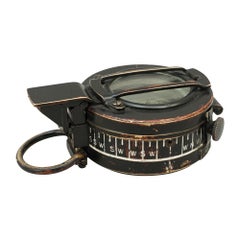
World War II Canadian Kodak Company Prismatic Mk.III Compass
View Similar Items
Want more images or videos?
Request additional images or videos from the seller
1 of 10
World War II Canadian Kodak Company Prismatic Mk.III Compass
$198.76List Price
About the Item
About the Seller
5.0
Platinum Seller
Premium sellers with a 4.7+ rating and 24-hour response times
Established in 1977
1stDibs seller since 2013
789 sales on 1stDibs
Typical response time: 1 hour
Associations
LAPADA - The Association of Arts & Antiques Dealers
Authenticity Guarantee
In the unlikely event there’s an issue with an item’s authenticity, contact us within 1 year for a full refund. DetailsMoney-Back Guarantee
If your item is not as described, is damaged in transit, or does not arrive, contact us within 7 days for a full refund. Details24-Hour Cancellation
You have a 24-hour grace period in which to reconsider your purchase, with no questions asked.Vetted Professional Sellers
Our world-class sellers must adhere to strict standards for service and quality, maintaining the integrity of our listings.Price-Match Guarantee
If you find that a seller listed the same item for a lower price elsewhere, we’ll match it.Trusted Global Delivery
Our best-in-class carrier network provides specialized shipping options worldwide, including custom delivery.More From This Seller
View AllWorld War 2 Motoring Print, Snaffles Lithograph, "the D.R."
Located in Oxfordshire, GB
Vintage Snaffles WWI Military Print, The D.R.
A good hand coloured Snaffles WWI military print 'The D.R.'. The lithograph shows a despatch rider on a motor cycle, racing past two dead riders in the road, a sign saying "Do not loiter here, this spot is DANGEROUS", a wayside shrine with Jesus on the cross and with the caption 'Remarkable close to the old bus...
Category
Early 20th Century British Sports Equipment and Memorabilia
Materials
Paper
Boxing Carpet, Randolph Turpin, Middleweight Champion of the World, Sugar Ray
Located in Oxfordshire, GB
A large vintage Randolph Turpin carpet.
A wonderful impressive carpet made for the British boxer Randolph Turpin (nick named 'The Leamington Licker'). The carpet measuring nearly 3 meters by 4 meters was made by a life long friend, Mr Dennis Quayle, and would make a remarkable wall hanging. Quayle owned a high quality furniture store in Birmingham and supplied amongst other furnishings, high quality handmade carpets. Following Turpin’s triumph over Sugar Ray Robinson to win the world title in 1951, Mr Quayle had the carpet made as a gift for Turpin. Later in Turpin’s life when in trouble, Quayle bought back the carpet in order to help him financially, with the carpet remaining in the Quayle family ever since.
Randolph Turpin is one of Britain’s greatest sportsmen who plied his trade with courage, honor and skill and gave Britain one of its best nights in a boxing ring. As a 33-1 underdog Turpin humbled the greatest fighter the world had seen, Sugar Ray Robinson, at Earls Court in London to become Middleweight Champion of the World. Sugar Ray was at his peak and the fight was the culmination of the flamboyant champion’s famous tour of Europe. Unable to cope with Turpin’s long reach and unusual wide stance the American struggled to land punches and Turpin’s strength inside was too much and he took the win on points after 15 rounds. He would lose the belt in a rematch 64 days later but Turpin’s achievement is a remarkable one which crowns a distinguished boxing career, he was later inducted into the International Boxing Hall Of Fame in 2001.
Randolph Turpin's titles:-
British Middleweight 17th Oct 1950
European Middleweight 27th Feb 1951
World Middleweight 10th July 1951
Commonwealth Middleweight 2nd Oct 1952
Won the British Light...
Category
Mid-20th Century English Sporting Art Tapestries
Materials
Wool
$3,290 Sale Price
30% Off
First World War Print, The Ypres Salient - W L Wylie
Located in Oxfordshire, GB
The Ypres Salient By William Lionel Wyllie.
A poignant reminder of WWI in this framed collotype of biplanes over Ypres by W.L. Wyllie, taken from his watercolour drawing "The Ypres S...
Category
Early 20th Century British Decorative Art
Materials
Paper
Hardy Perfection Fishing Rod
Located in Oxfordshire, GB
The "Perfection" 9ft Hardy Palakona Fishing Rod.
A beautifully 2 piece 9' split cane fly fishing rod by Hardy of Alnwick. The rod is in very good condition with the registration numb...
Category
Late 20th Century British Sports Equipment and Memorabilia
Materials
Bamboo
Pair of Leather Boxing Gloves
Located in Oxfordshire, GB
Juniors Leather Boxing Gloves.
A pair of brown and cream leather juniors boxing gloves. These gloves are with laced palms (laces missing), the leather having a nice patina about them...
Category
Mid-20th Century Unknown Sports Equipment and Memorabilia
Materials
Leather
Gutta Percha, Mesh Pattern Golf Ball
Located in Oxfordshire, GB
Solid Mesh Gutty Golf Ball.
A solid moulded square mesh patterned gutta percha golf ball in well used condition. The 1890's Gutty ball still has some of the original finish to its su...
Category
Antique Late 19th Century British Sports Equipment and Memorabilia
Materials
Other
You May Also Like
Canadian Wartime Poster, World War Two
Located in Hamilton, Ontario
Canadian wartime poster, world war two.
Category
20th Century Canadian Posters
$1,795 Sale Price
20% Off
Pre World War I Nautical Compass by E.S.Ritchie
Located in Norwich, GB
Pre World War I Nautical Compass by E.S.Ritchie
Nautical compass mounted by a brass gimbal into a copper brass bound case with sloping glazed aperture with heavily bevelled glass. Flat brass bezel with five holding screws signed ‘E.S.Ritchie’ and numbered 5779. Side opening compartment for a lighted wick with drawer beneath.
The compass is mounted in a heavy painted brass bowl with very fine copper pivot supporting the floating direction card. A diaphragm is located in the base of the bowl for temperature compensation. c.1910
E.S.Ritchie founded the business in 1850 to manufacture mechanical, electrical and scientific instruments. In 1857 he turned his attention to navigational instruments and begun making marine bearing compasses for the U.S.Navy before the American civil war. At the time the British admiralty dry mounted nautical compasses were considered by all navies and commercial shipping companies as the highest technological standard of the day, however, in 1860 Ritchie had received a US patent for the first successful and practical liquid-filled marine compass for general use. A major step forward in the technology of the compass. With the damping provided by the liquid, together with gimbal mounting, the floating card of the Ritchie compass...
Category
Vintage 1910s Nautical Objects
Materials
Copper
World War II Air Crewman's Seat.
Located in Asbury Park, NJ
Rare aircrew seat by Aircraft Mechanics Inc. with swivel base. The body is riveted, galvanized, and well patinated. Adjustment levers have faded bright yellow spherical knobs. Ready ...
Category
Vintage 1930s American Industrial Armchairs
Materials
Aluminum
Wireless Set No. 19, MK II, Canada, Around 1942
Located in Madrid, ES
Wireless set No. 19, MK II. Canada, around 1942.
Commonly known as Wireless Set No. 19, it was a mobile radio transceiver used in World War II mainly by ...
Category
20th Century Canadian Other Historical Memorabilia
Materials
Other
Blunt and Company Maritime Compass
Located in Norwell, MA
Mid-nineteenth century ships compass by Blunt and Company of New York. The Blunt name was involved in the maritime trade from 1824 to 1885. The name Blunt and Co. was used from 1868 to 1872 by Edmund Blunt Jr. This is a spun brass bowl compass fitted to a dovetailed wood box...
Category
Antique 1870s American Scientific Instruments
Materials
Brass
1930s World War II Sterling Silver DC-3 Airplane Pin
Located in Van Nuys, CA
This large silver DC-3 airplane pin dates to the 1930s through World War II, a period when the DC-3 revolutionized air travel and played a vital role in military transport. Shaped to...
Category
Vintage 1940s American Aviation Objects
Materials
Sterling Silver
$192 Sale Price
40% Off
Recently Viewed
View AllMore Ways To Browse
Antique & Vintage Barometers
Antique Thermometer
Antique Industrial Scale
19th Century Balancing Scale
Vintage Instrument Cases
Brass Balance Scale
Thermometer Barometer
Weighing Scales
19th Century Barometers
Wood Camera
Antique Telescopes
French Barometer
Antique Industrial Machines
Antique Barometer Thermometer
Antique Brass Lenses
Antique Gear
Antique Gears
Antique Glass Tubes
